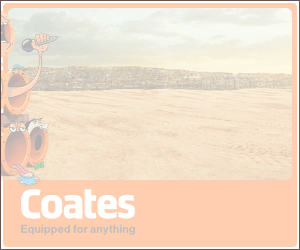Tesla reported three accidents in the first month of its much-anticipated Robotaxi fleet hitting the streets of Austin, Texas, new reporting shows.
Forbes has published data that claims the self-driving Model Y SUVs were involved in three incidents, two of which resulted in the police being called. While there are teething problems with any new project, given Tesla’s confidence in the safety of its camera-only system these crashes are an embarrassing beginning.
According to Forbes the first crash involved a stopped Tesla and resulted in damage to the rear of the Robotaxi and damage to the front of another SUV. The second reported incident saw a Robotaxi collide with a stationary object at 12km/h and while no injuries were reported the Tesla had to be towed. Both of these accidents resulted in the police being called.
The final report from July involved a Tesla making contact with another vehicle when turning at low speeds, but no police were called.
The precise nature of these three accidents is unclear, as Tesla has redacted most of the pertinent details in the name of protecting its proprietary information. However, the fact that Tesla has suffered three notable accidents in approximately 11,000km of real-world testing is concerning, as is the fact the company was only operating approximately 20 Robotaxi at the time.
What’s more, all of these accidents happened with a Tesla employee in the front seat of the car. Due to concerns about the safety of Tesla’s camera-only system (rivals such as Waymo use lidar and radar as well as cameras) the company is using a so-called ‘safety monitor’, a human that sits in the front passenger seat with access to a stop button if it thinks the Robotaxi is in danger of having an accident.
Despite the accidents, Tesla boss Elon Musk has publicly committed to removing the safety monitors by the end of the year.
Tesla has recently increased its fleet of Robotaxis in Austin to 30 vehicles and is looking to expand their scope from suburban driving to highways and then onto longer trips.
Tesla recently launched Full Self-Driving (FSD) in Australia, with customers who have paid the $10,100 fee able to download an update to activate the software in their Model Y or Model 3.













Discussion about this post